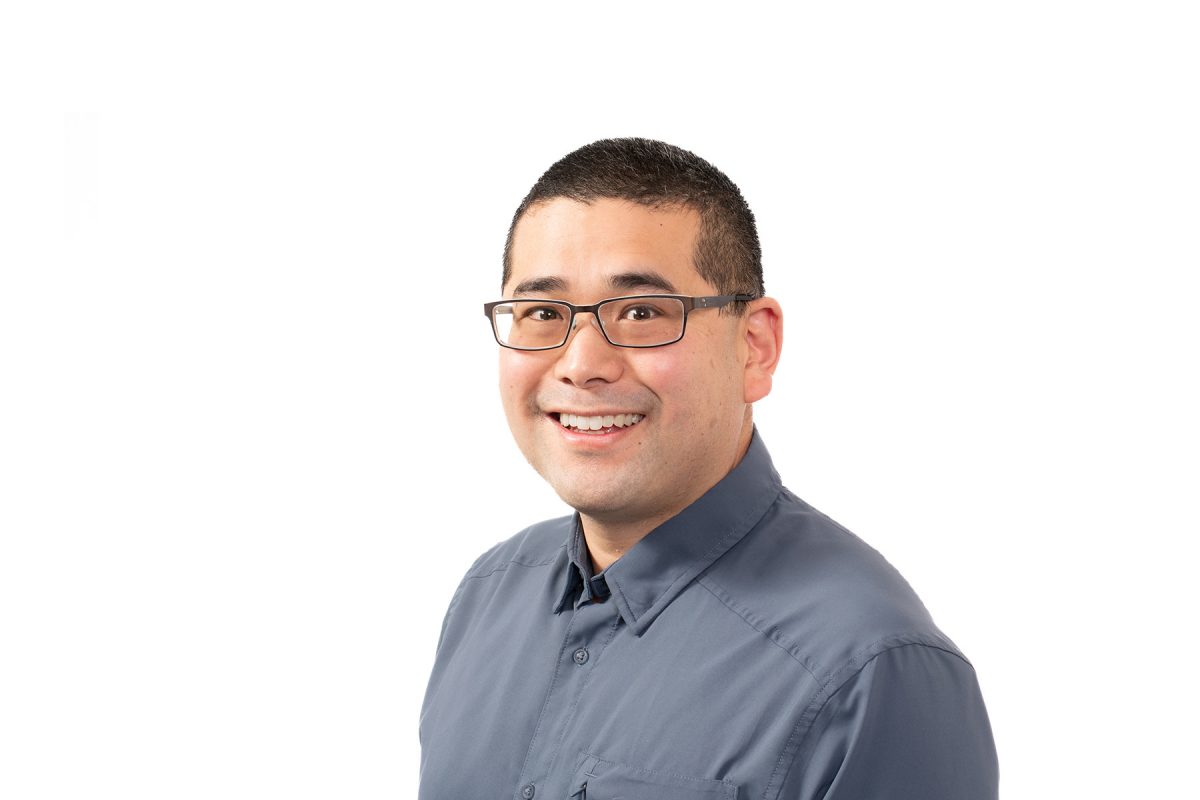
Every summer, up to 600 people in Miami-Dade County die from extreme heat. Florida State University Associate Professor Chris Uejio is helping to keep people safe by identifying the places in the county that are most vulnerable to this natural disaster.
Uejio and NASA’s Health and Air Quality Applied Sciences Team (HAQAST) used data from NASA’s Aqua satellite to measure land surface temperatures between May and September from 2003 to 2021. The research team combined that data with census records and health data to create maps that show which communities were most affected by heat.
“I’ve been using NASA data since 2006 to study the urban heat island effect and heat exposure,” Uejio said. “As a geographer, it was kind of intuitive to use satellite data. Half of the researchers making heat vulnerability maps right now aren’t accounting for exposure. The other half, including me, do account for exposure — and partner with Earth scientists to perform the data gathering, analysis and interpretation.”
The researchers found that lower-income people, those who work outside, those who live in trailer parks and those who live in the hottest areas have the highest risk of heat-related illness.
The study was prompted by a 2020 survey conducted by local Miami-Dade not-for-profit organizations that found that after housing and security, heat was community members’ most pressing concern.
Miami-Dade County is using the findings of this study to inform their Extreme Heat Action Plan and has already implemented the plan in 15 jurisdictions with the highest heat-related illnesses.
“They’re aligning the extreme heat and hurricane season communications together, training emergency response teams to address extreme heat, installing more air conditioning in public housing, planting more trees and working with the local weather service to lower heat advisory and warning thresholds,” Uejio said.
To read more about the study, visit www.earthdata.nasa.gov/learn/articles/haqast-miami-dade-heat-risk-study.
For more information about the College of Social Sciences and Public Policy, visit coss.fsu.edu.




